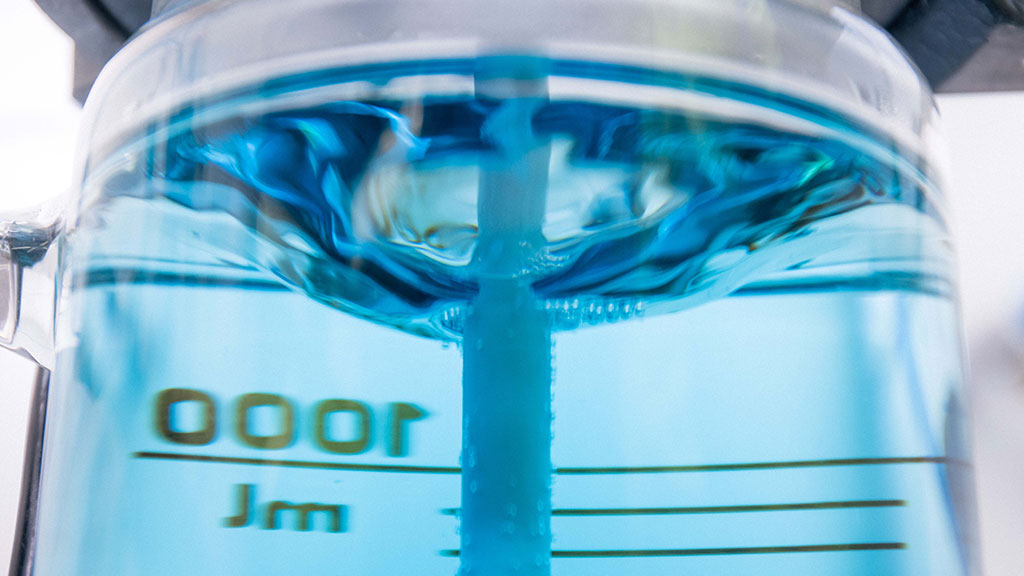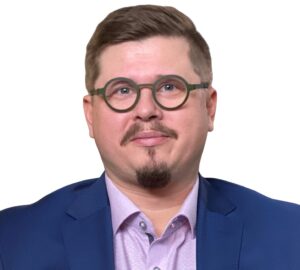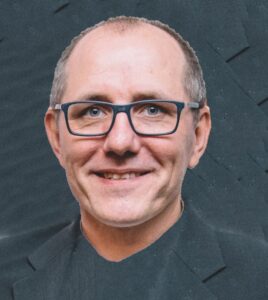Hydrogeological and Geochemical Modelling
Modelling is a key part of contemporary environmental studies and permit processes related to mining operations. GTK offers a comprehensive research package, which generates initial data for modelling and includes the modelling process as well as simulated scenarios.

Modelling produces functional solutions for the planning of mining waste areas
Simulating different scenarios through groundwater flow modelling
Water flow and transportation modelling is a key tool for assessing the groundwater conditions and their changes in aquifers, protecting the groundwater resources, and assessing and managing the environmental impacts of mining areas. In turn, geochemical modelling can be used to model the behaviour of mining waste.
GTK’s water flow and transport modelling includes hydrogeological and hydrogeochemical studies, the water flow or transport modelling process and simulations of different scenarios, and an assessment of the accuracy of the model and potential sources of error.
GTK’s geochemical modelling includes the necessary mineralogical and geochemical studies, as well as the modelling services and simulations in a one, two or three-dimensional format.
Simulation of current or changing groundwater conditions
Groundwater flow modelling simulates the groundwater conditions in aquifers or mining areas either at a specific moment or as a changing process. The studied conditions include, for example, the groundwater surface, flow rate, and flow direction. With groundwater flow modelling, it is possible to simulate different scenarios and study their impact on the groundwater conditions.
The next step from water flow modelling is transport modelling, which can be carried out conservatively, by means of retention coefficients, or reactively. Conservative transport modelling can be used to simulate the migration of substances or energy from, for example, tailing areas.
Retention coefficients can be used to assess the retention of dissolved substances when they come in contact with the soil or bedrock. In turn, reactive transport modelling can be used to study the migration and alteration of substances when water encounters rock aggregates, for example.
Geochemical modelling can be used, for example, to assess the long-term behaviour of tailing areas.
Contact us
Leave your contact information and we will get back to you.


